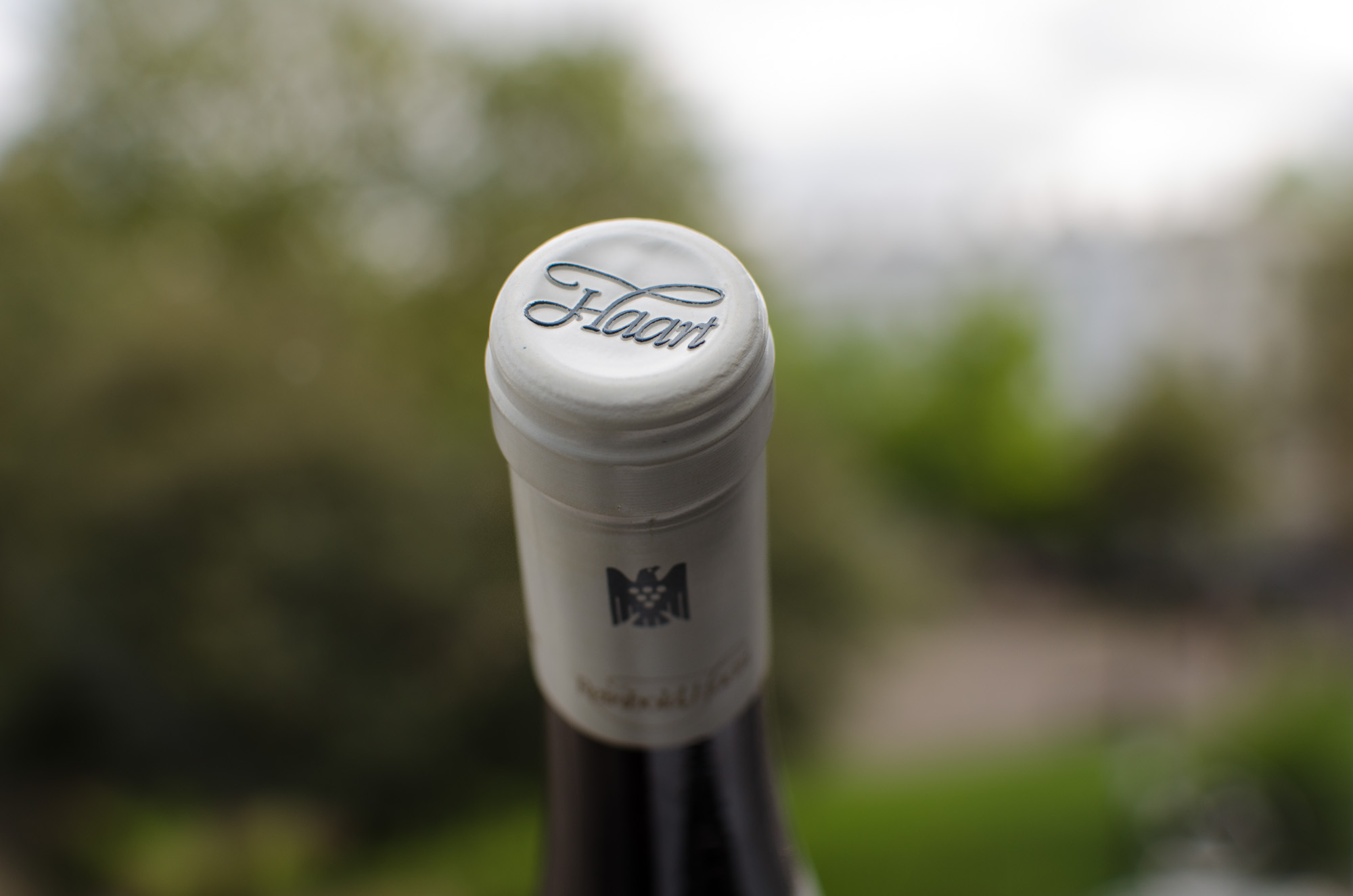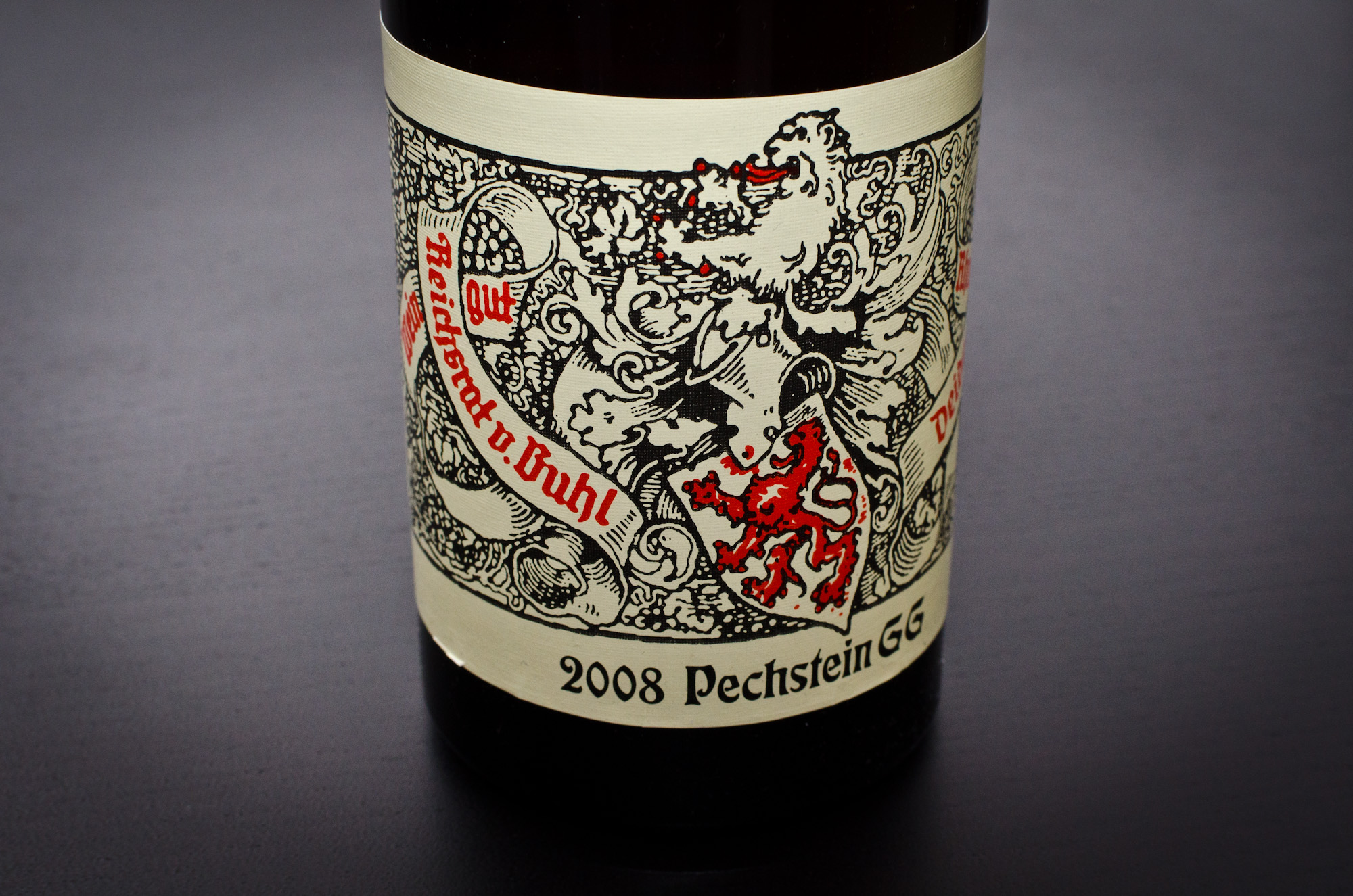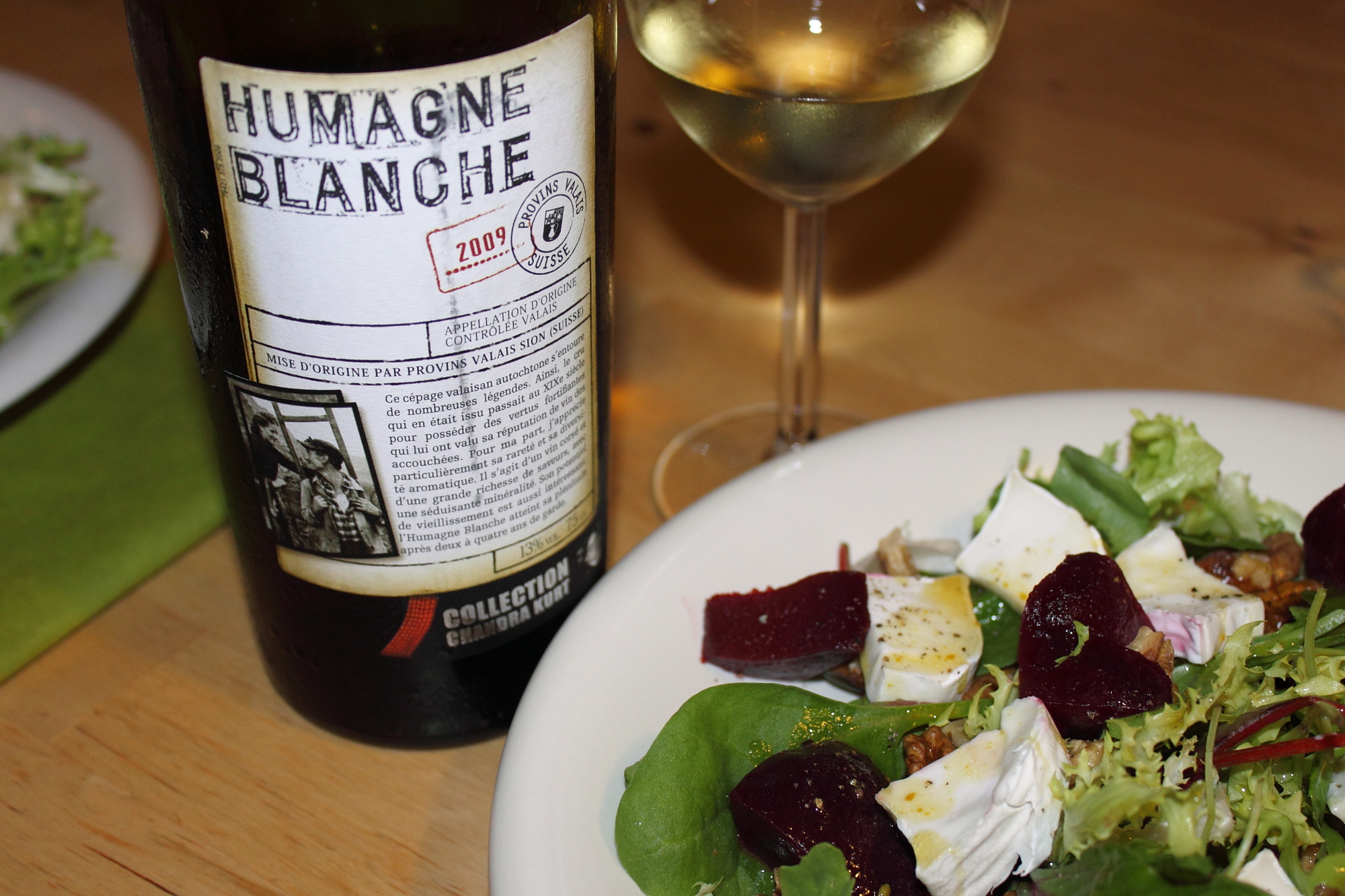Bernhard Huber, Spätburgunder Alte Reben, 2010
I haven't had much luck with my wine recently. For various reasons I haven't enjoyed much wine at home the past few years, so some bottles that should not have been forgotten were lost. History became legend. Legend became myth. And for two and a half years, some wines passed out of all knowledge. Or at least that's how Galadriel would have put it. Anyway, some wines spent probably a little too much time in London's tastiest wardrobe. The last few weeks I made it my mission to go through the aged wines in my possession and drink them. Sadly, I haven't had much success - until I opened this Pinot Noir from Baden that is.

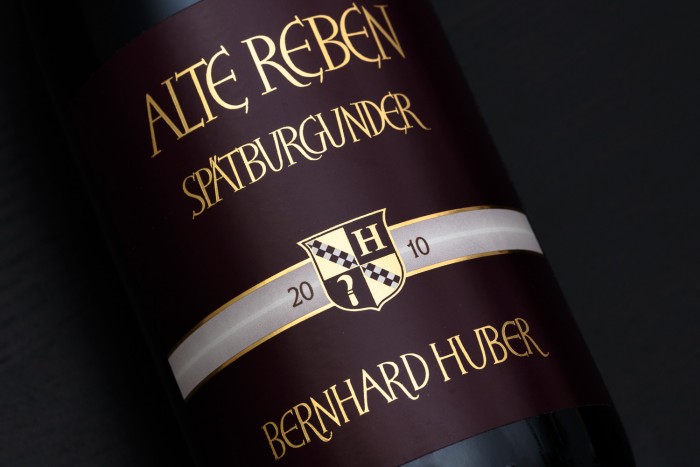
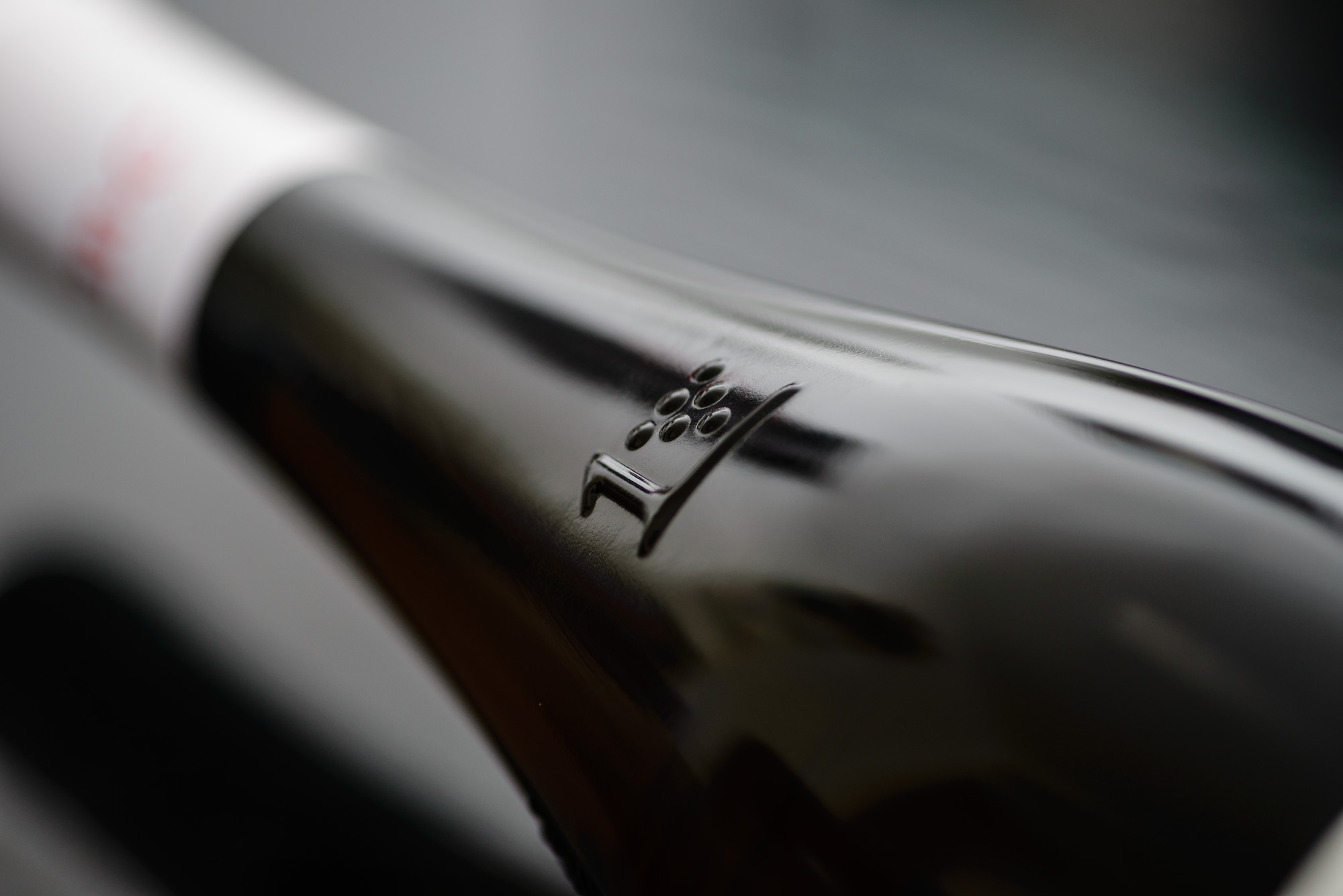

 Whether this is an impossible mission only you will know, but like Jim Phelps I am not one to turn down a mission when it comes to find me
Whether this is an impossible mission only you will know, but like Jim Phelps I am not one to turn down a mission when it comes to find me